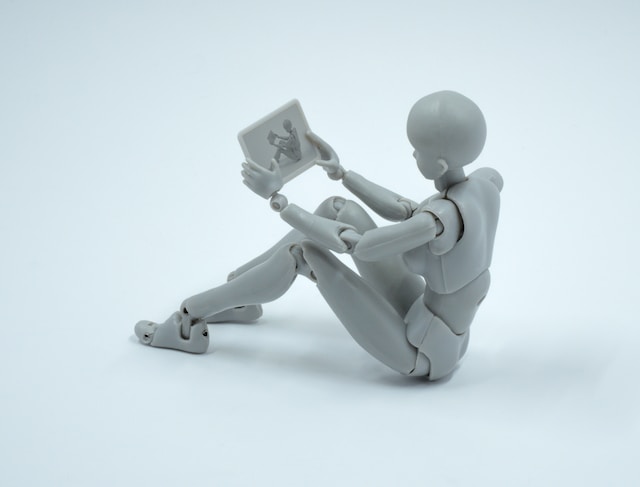In the land of robotics, the way machines interact with their environment has transformed drastically. Instead of sticking to rigid movements and repetitive actions, robots are now expanding their repertoire by the second. But how exactly? Dive in, and let’s unwrap this exciting mystery.
Real-time Adjustments
The Spark of On-the-Spot Learning
Imagine dancing to an unknown tune and adjusting your steps on the fly. That’s precisely what modern robots do – but, of course, in a more scientific way. They “sense” their surroundings, pick up on changes, and then tweak their actions accordingly.
Robots vs. Humans
Humans naturally adjust to their surroundings. Trip on a rock, and you’ll likely be more cautious next time. Robots? They’re catching up! With advances in AI, machines can now modify their motion patterns in real-time. For instance, a robot navigating a lab might swiftly adjust its path if a chair is unexpectedly moved. This ability makes these machines not only smarter but also safer and more efficient.
The Magic Behind Feedback Loops
The Essence of Feedback in Robotics
Feedback isn’t just for humans after a presentation at work. Robots thrive on it too! At its core, a feedback loop in robotics is a system that allows a machine to receive information about its actions and use this data for future decisions. It’s like a robot’s personal life coach, guiding it along the way.
Continuous Improvement
Let’s put it this way – robots are relentless perfectionists. By leveraging feedback, they keep refining their motion algorithms. Over time, this fine-tuning leads to smoother, more efficient, and downright impressive robotic movements. It’s the equivalent of practicing a dance routine until it’s flawless.
The Synergy Between Robots and Their Environments
Learning and Adapting
While it might sound like something out of a sci-fi movie, robots really are dancing with their surroundings. Each movement, each decision, is a step in this dance. And just like any good dancer, robots are learning to adapt to the rhythm of their environment, ensuring they’re always in sync.
Bridging the Gap with Human Interaction
Here’s the real kicker – as robots learn from their environments, they’re also learning from us, the humans they interact with. Our actions, our movements, even our unpredictable nature become lessons for these machines. So, next time you see a robot, give it a nod. Who knows, it might just be learning a thing or two from you!
The Interplay of Environment and Machine Learning
The Feedback-Fueled Learning Curve
Modern robots, equipped with machine learning capabilities, thrive on feedback. Whether it’s recognizing patterns, detecting anomalies, or even learning a new skill, continuous feedback paves the way. Here’s a snapshot:
- Pattern Recognition: From discerning facial expressions to mapping routes, robots are becoming whizzes at spotting patterns.
- Error Detection: By identifying mistakes in real-time, robots can correct themselves, ensuring they don’t make the same blunder twice.
- Skill Acquisition: Much like how we pick up a new hobby, robots can learn new skills, whether it’s pouring a drink or playing a musical instrument.
A Shift from Hard Coding to Experiential Learning
Gone are the days of hard-coded robots with limited capabilities. Now, robots:
- Absorb information from their environments.
- Learn by doing, just like we do.
- Grow smarter with each interaction and task.
Robo-Ethics: The Emerging Moral Landscape
Defining Boundaries in Machine Intelligence
As robots integrate more into our lives, questions arise. How smart is too smart? How much autonomy should a robot have? Addressing these questions is vital for a balanced future:
- Decision-making Abilities: Should robots make choices, especially in critical situations?
- Emotion Mimicry: Is it ethical for robots to simulate human emotions?
- Human Dependency: How reliant should we become on these machines?
Rights and Responsibilities
As robots grow more advanced, society grapples with the idea of granting them certain rights. While still a hot debate, some pressing concerns include:
- Maintenance and Care: Robots, especially those used in critical roles, need regular maintenance to ensure optimal functioning.
- Decommissioning: What’s the ethical way to “retire” an advanced AI-driven robot?
- Accountability: In the case of mistakes or malfunction, who’s responsible?
In conclusion, the journey of adaptive motion generation in robots is a testament to human ingenuity and technological evolution. As these machines continue to learn, adapt, and evolve, they not only redefine what’s possible in the realm of robotics but also promise a future of endless possibilities.

